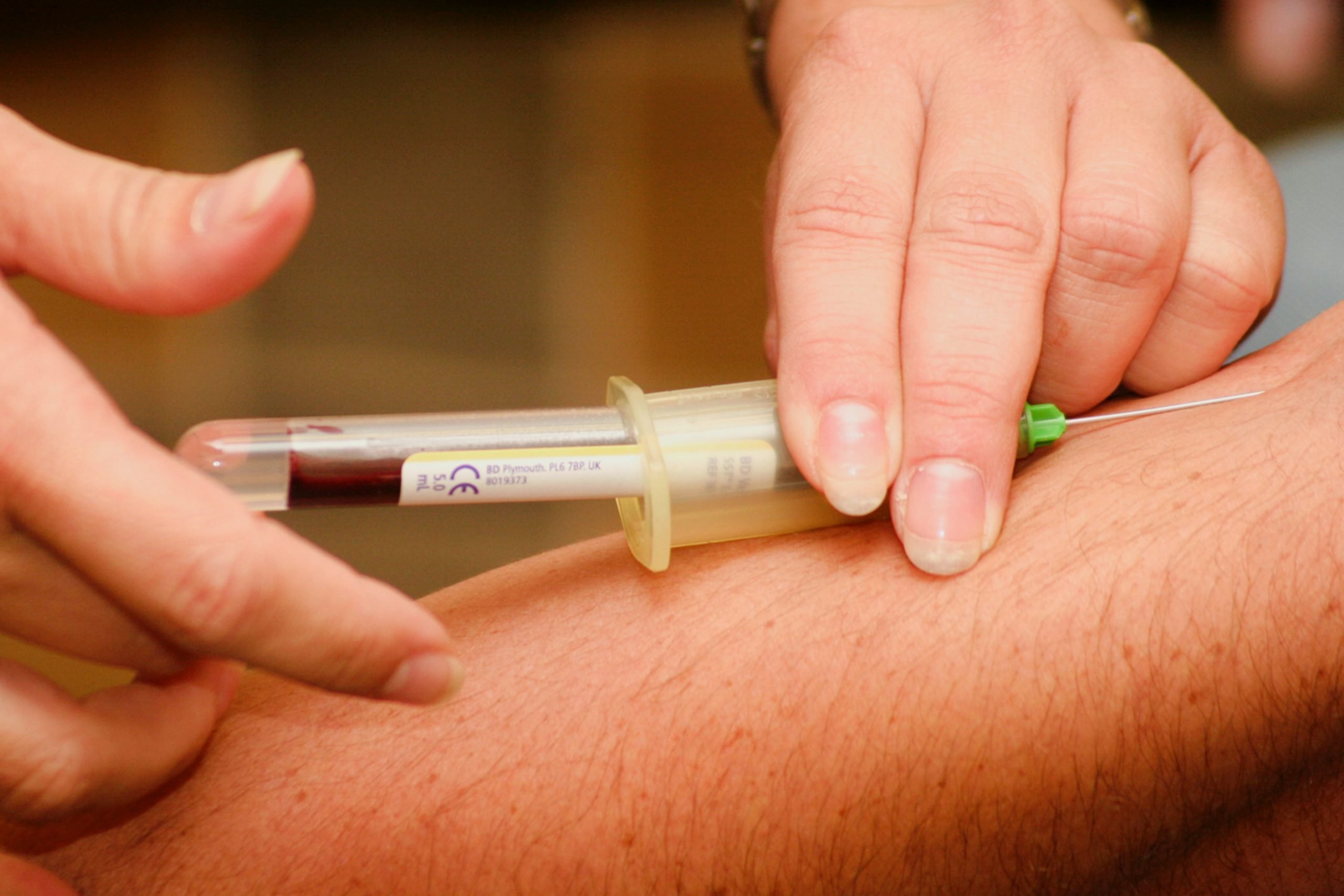In the hushed corridors of hospitals, a silent threat looms: blood clots. These seemingly inconspicuous entities can quickly transform from unnoticed to life-threatening, presenting dangers that demand our attention. As they quietly form within veins, the risk of complications, from embolisms to strokes, heightens.
Have you got worried? Don’t fret; we will unravel the complexities surrounding this lurking peril. From understanding the nuanced risks to delving into the pivotal role of healthcare professionals, we’ll discuss four things you should know about preventing blood clots in the hospital.
Stay tuned for a closer look at the legal dimension with Thomas & Wan, LLP, your dedicated allies in the pursuit of justice.
Risk Factors for Blood Clots
Blood clots often develop in response to specific risk factors. Recognizing these factors is crucial for medical professionals and individuals to address and mitigate the risk of blood clot formation proactively. Here’s an in-depth look at some key risk factors:
- Surgery
Major surgical procedures, especially those involving the lower extremities or pelvis, can elevate the risk of blood clots. The temporary immobility during recovery contributes to the likelihood of clot formation.
- Medical Conditions
Certain medical conditions, such as cancer and autoimmune disorders, can increase the risk of blood clots. Additionally, genetic factors that affect blood clotting mechanisms may play a role.
- Obesity
Obesity is associated with various health risks, including an increased likelihood of blood clots. The excess body weight can impact blood circulation and increase pressure on veins.
- Inflammatory Conditions
Conditions that cause chronic inflammation, such as rheumatoid arthritis or inflammatory bowel disease, can contribute to blood clot formation.
- Certain Medications
Some medications, including specific hormonal therapies and certain types of chemotherapy, can increase the risk of blood clot formation. It’s essential to discuss potential side effects with healthcare providers.
Why do Blood Clots Occur in Hospitalized Patients?
In hospital settings, blood clot formation becomes a critical concern due to a confluence of factors unique to the environment. Prolonged immobility, often necessitated by recovery from surgical procedures or specific treatments, is a primary contributor.
The immobilization, coupled with the potential impact of medical conditions and medications, creates an environment conducive to clot formation. Additionally, the stressors of illness and the body’s response to various medical interventions can trigger a cascade of events leading to heightened clotting risk.
Understanding why blood clots occur in hospitalized patients requires a nuanced exploration of these multifaceted factors. Healthcare providers need to carefully watch patients and take steps to prevent blood clots based on each person’s risk. This helps create a thorough plan to reduce the chances of complications linked to blood clot formation.
4 Things to Know About Preventing Blood Clots in the Hospital
Here are the four highly important points you must know about preventing blood clots in the hospital:
- How Nurses and Doctors Can Prevent Blood Clots
Nurses and doctors play pivotal roles in preventing blood clots through proactive measures. It involves rigorous training on clot risk assessment, awareness initiatives, and collaborative efforts within medical teams. Timely interventions, including prescribed medications, monitoring protocols, and encouraging patient mobility, are integral components.
Their collective commitment ensures a vigilant approach to minimizing blood clot risks, emphasizing healthcare professionals’ crucial role in safeguarding patient well-being during hospitalization.
- Patient Advocacy in Blood Clot Prevention
Patient advocacy in blood clot prevention empowers individuals and their families to contribute to their well-being actively. Effective communication with healthcare professionals and active involvement in care decisions is essential.
Patients advocating for their health, understanding preventive measures, and actively participating in their care significantly reduce the risk of blood clots. This collaborative approach fosters a sense of shared responsibility, ensuring a more comprehensive and patient-centered approach to healthcare.
- What You Can Do for Yourself or a Loved One Who Is a Patient?
Taking proactive steps is crucial to preventing blood clots for individuals and their loved ones. It involves understanding the importance of mobility, maintaining open communication with healthcare providers, and actively engaging in care decisions.
From staying hydrated to adhering to prescribed medications, these informed actions significantly minimize clotting risks. Empowering patients with practical knowledge enables them to play an active role in their health and well-being during hospitalization.
- Addressing Legal Concerns
Addressing legal concerns surrounding blood clots is paramount for individuals facing severe consequences. In the context of medical malpractice, legal assistance becomes essential.
Attorneys like Linda Thomas and Michelle Wan specialize in cases related to blood clots in Texas hospitals, offering expertise gained from nearly 50 years of combined experience. Seeking legal counsel provides a pathway for individuals to navigate complex legal landscapes and seek justice for potential medical negligence during hospitalization.
Thomas & Wan, LLP: Advocates for Your Rights
Thomas & Wan, LLP focuses exclusively on medical malpractice, emphasizing advocacy for individuals affected by blood clots in Texas hospitals. With a commitment to hiring top-quality medical experts, Linda Thomas and Michelle Wan ensure dedicated and expert representation for clients seeking justice in medical negligence cases.Empower your case with Thomas & Wan, LLP. Contact us at 713-529-1177 for expert legal guidance—where experience meets advocacy. Your path to justice begins with one call; don’t wait; secure your rights today!




